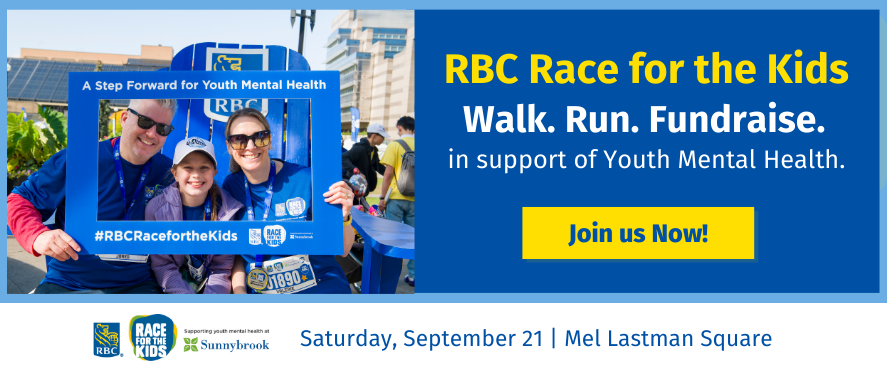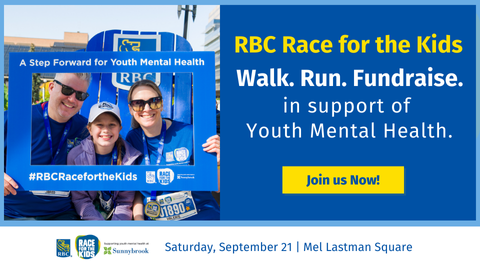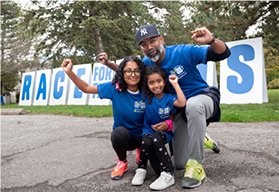CV: Bradley MacIntosh
Bio basics: An imaging scientist at Sunnybrook Research Institute (SRI) in the brain sciences research program. Grew up in Toronto. Completed his PhD in medical biophysics at the University of Toronto in 2006, in the lab of SRI scientist Dr. Simon Graham. Did a fellowship at the University of Oxford before returning to SRI in late 2009. Research focus: functional magnetic resonance imaging (MRI) for improved diagnosis and characterization of cerebrovascular diseases.
How was your fellowship at Oxford?
I was supposed to work with Dr. Paul Matthews, but when I called an administrator there, she said, "He doesn't work here anymore." He'd moved on to GlaxoSmithKline. So I ended up working with another big name in neuroimaging, Dr. Peter Jezzard, who was setting up an acute stroke vascular imaging centre. I jumped in and worked on about a dozen projects, so it turned out to be the best thing I could have done.
Did you like Oxford?
Compared to London, it's sort of like Waterloo is to Toronto-a pleasant university town an hour away from a crazy city. But it's also very multicultural. As an academic hub for the world, there are so many people coming and going that at a certain point I wanted something more stable. I had funding to stay, but I felt that intellectually I was ready to manage bigger projects.
What brought you back here?
Toronto is a good location academically, and the volume of research at Sunnybrook is almost unprecedented in Canada. The Centre for Stroke Recovery is an incubator for research ideas that go across disciplines, and I know some of the people here-having colleagues to collaborate with makes for a smoother transition. So it had the magic combination of infrastructure, people and opportunity.
What's your main research project?
Arterial spin labeling-using the inherent properties of MRI to create a magnetic contrast, or bolus, that can be tagged and measured as it moves downstream in an artery. It's a noninvasive alternative to gadolinium-based contrast agents for characterizing cerebrovascular disease that's been around for two decades. In the last five years, there's been an explosion in ways to improve this technique, which has been great to witness.








